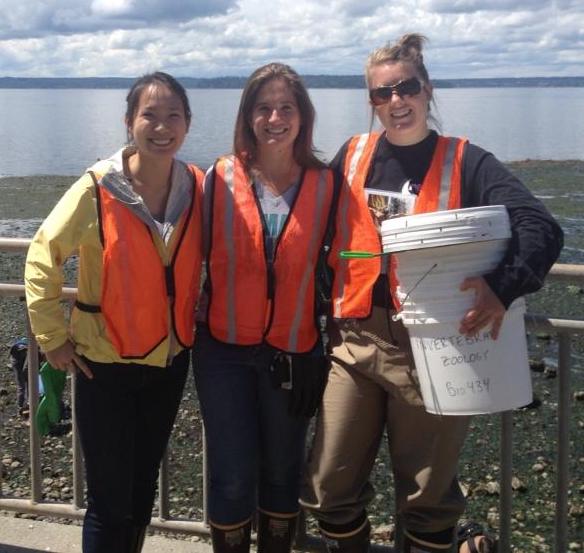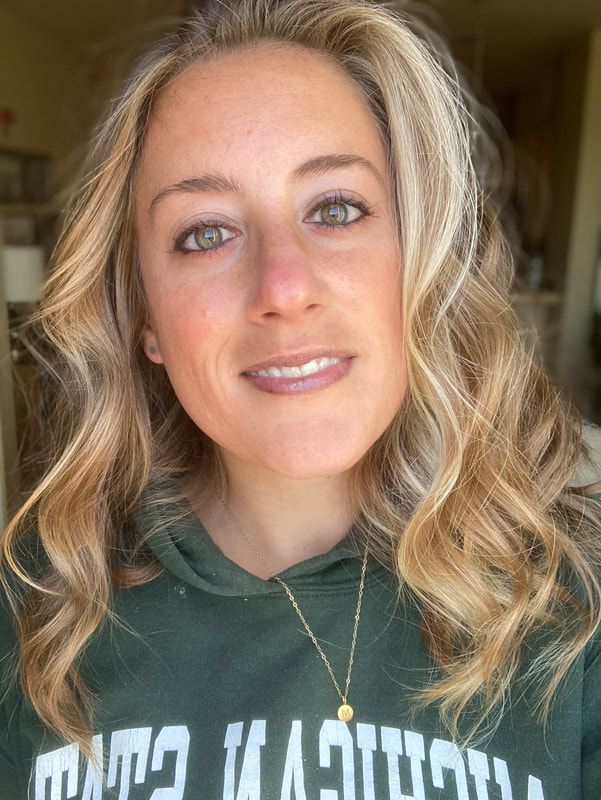Teaching Philosophy
|
I obtained my K-12 education training at seven different institutions spanning four states and one foreign country. When my family finally settled down in Cincinnati, Ohio, I enrolled in Ursuline Academy, where I strongly identified with my school’s philosophy to encourage and empower their students—all young women—to strive for personal and academic excellence, to welcome diversity and foster community, and to “learn not for school, but for life.” Since then, I have come to value the impacts of my diverse and interdisciplinary educational training as I strive to empower my students to build upon their natural curiosities, inherent skills and talents, personal experiences, and growing networks to make their own marks in this world. In doing so, I try to motivate my students to, likewise, learn not for school, but for life. As a developing educator and mentor, I work to inspire passion among my students for the natural world and its inhabitants and foster a desire to communicate their knowledge to the public, policy-makers, and decision-makers, highlighting the importance of sustaining our world’s natural resources for future generations to come.
|
|
To me, teaching means the sharing of knowledge and training of skills that allow students to identify, think critically about, discuss, and communicate important issues. Through effective teaching, students should be encouraged to think for themselves, seek answers to complex and often controversial questions, experience personal growth, and be engaged in, and inspired to, solve problems in their own communities on both local and global scales. Teaching should inspire thinking that prompts a student to act, both individually and as part of a group, to address an issue or a problem. Teaching also means the building of relationships and offering mentorship; in my opinion, educators have a responsibility to guide their students and help them achieve their personal and professional goals—to foster in them the desire, ability, and confidence to act for the betterment of themselves, their families and communities, and for the greater societal good.
|
|
In the classroom, I am an advocate of approaches and strategies to teaching that acknowledge various styles of learning from disciplines including the humanities, natural, and social sciences. In each classroom setting, I recognize that students bring with them diverse prior knowledge and possess distinct learning preferences. Thus, as an educator, I aim to employ multiple pedagogical strategies, which can be tailored to a certain topic or class for different students. TAR (Teaching-As-Research) studies indicate that active and cooperative pedagogical approaches or learning strategies, which rely on student participation and satisfaction, improve overall performance and retention of information among students. As an educator, I hope to use a variety of active and cooperative elements in my teaching including iClicker questions, pre-class quizzes and discussion posts, group activities, in-class worksheets, and discussion-based lectures using a “Backwards Design” approach (Wiggins et al. 2005).
|
|
I believe that appropriate alignment of topic-level and course-level learning objectives, which is a good indicator of student learning, is best tested through the development and implementation of formative (conducted during the learning process) and summative assessments (conducted after the learning process). In my opinion, both types of assessments are necessary in measuring student learning in the classroom. These assessments serve as feedback, which is helpful for both the instructor and students, as this feedback can help an instructor gauge his or her students’ learning progress while also informing students of their strengths and weaknesses regarding their retention of certain course material.
|
|
I believe in working diligently to create a learning environment that is accepting, safe, and enjoyable for everyone. I recognize that students are all individuals and unique learners and, thus, what might work for one student will not always work for another student. I still encourage all students to participate in class, but I might do this through a small-group activity or a pre-class quiz or discussion post. As an educator, I believe that a diverse classroom is the best kind of classroom because of the range of perspectives, backgrounds, and cultures students bring to our lessons. Without such diversity, my students will fail to understand the intricacies and complexities of real-world problems. Therefore, I make a point to ask students to engage specifically in certain lessons during which they can share a piece of their own personal history with the rest of us. I want to empower them to share their stories and feel pride in their individual perspectives and opinions, even if they are different.
|
References
Wiggins, G., G.P. Wiggins, and J. McTighe. 2005. Understanding by Design. Association for Supervision and Curriculum Development, Alexandria, Virginia.
|
Molly J. Good, Ph.D.
U.S. Fish and Wildlife Service Washington Fish and Wildlife Office Lacey, Washington [email protected] (564) 669-1923 (work cell) |

